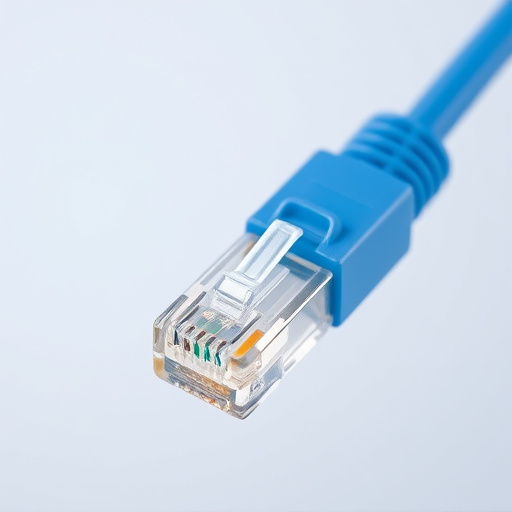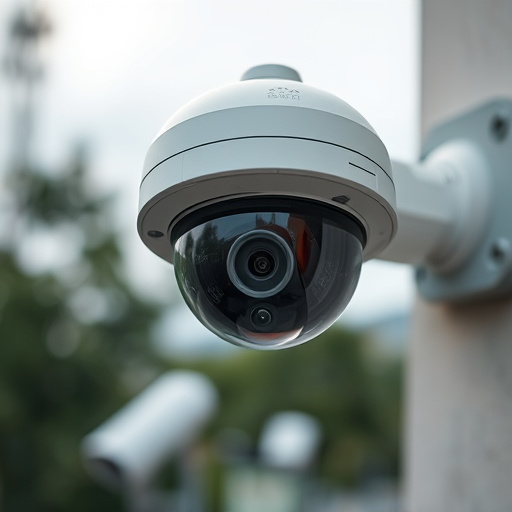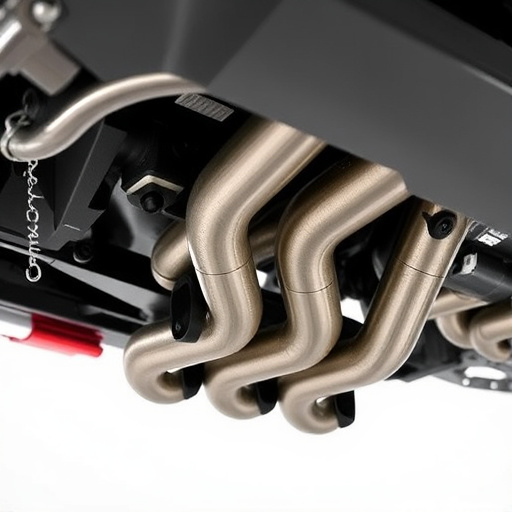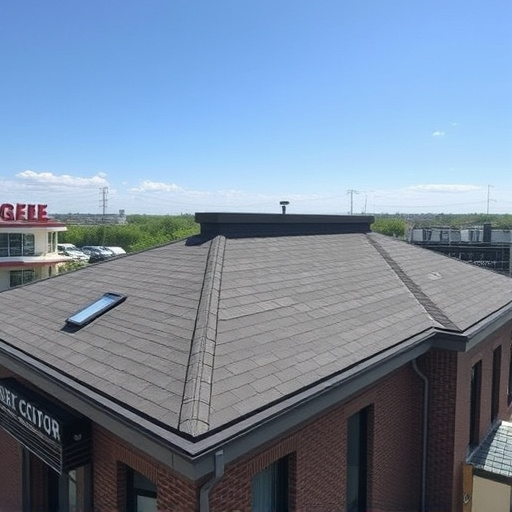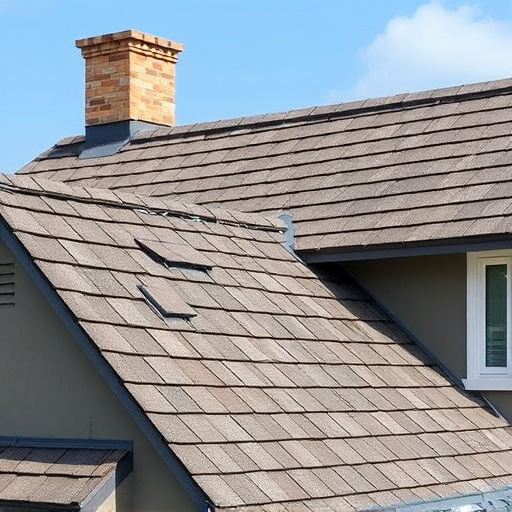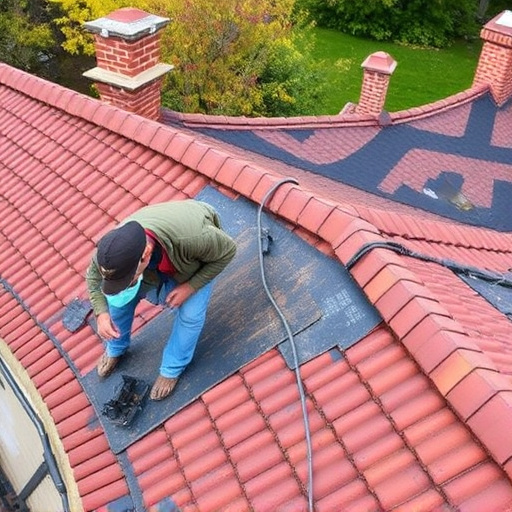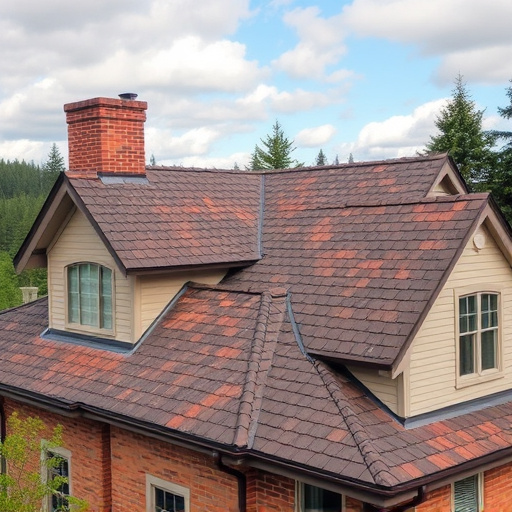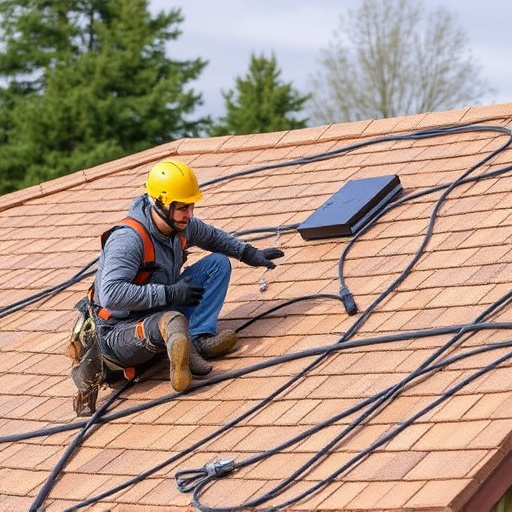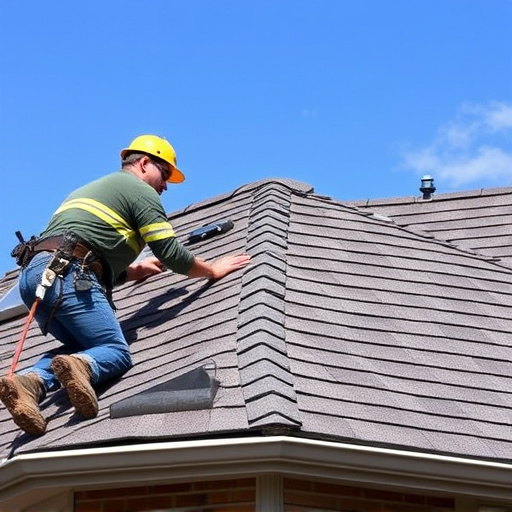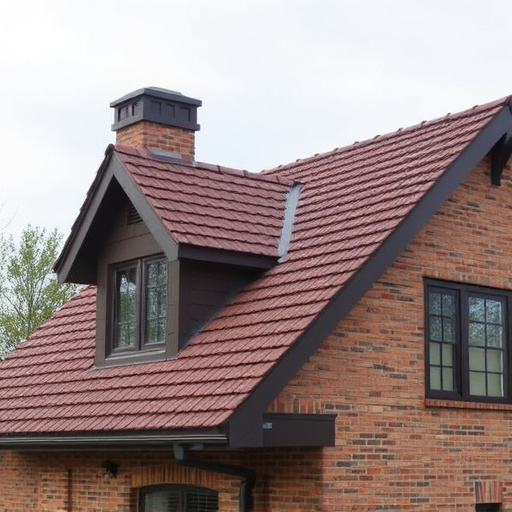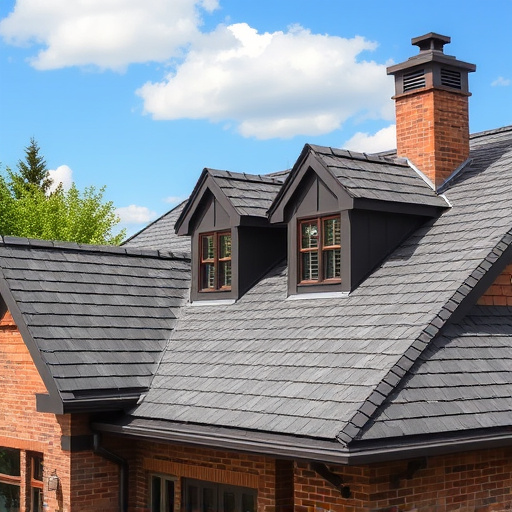Multi-level and sloped roofs require specialized care for longevity. Regular roof maintenance includes inspections, repairs, and installations like siding to prevent leaks and moisture damage. Routine tasks such as inspecting shingles, cleaning gutters, sealing gaps, and applying protective coatings extend the roof's lifespan and protect against water infiltration and structural damages. Incorporating siding services in maintenance strategies is crucial for maintaining these complex roofs' structural integrity.
In today’s architectural landscape, multi-level and sloped roofs are a popular choice for their aesthetic appeal and functional benefits. However, these complex designs come with unique challenges for maintenance. This article delves into the crucial aspect of roof maintenance for such structures, offering insights on understanding these roofs, regular inspections as a first defense, and common tasks for optimal protection. Discover expert tips to safeguard your multi-level or sloped roof.
- Understanding Multi-Level and Sloped Roofs
- Regular Inspection: Your First Line of Defense
- Common Maintenance Tasks for Optimal Protection
Understanding Multi-Level and Sloped Roofs
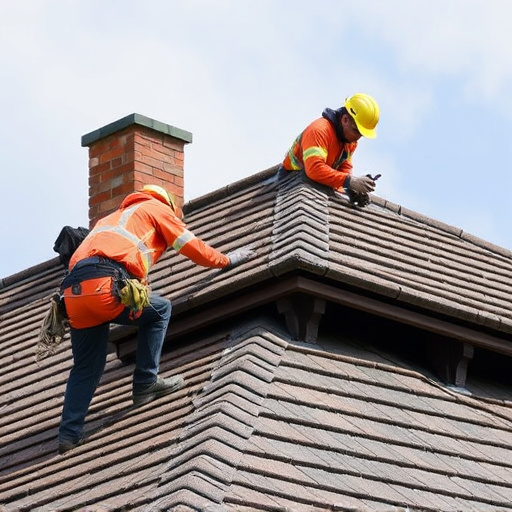
Multi-level and sloped roofs are architectural features that bring both aesthetic appeal and unique challenges to residential and commercial buildings. These roof designs, characterized by multiple levels or steep inclines, require specialized care for optimal performance and longevity. Understanding the structure and components of such roofs is essential for effective roof maintenance.
Regular roof maintenance is crucial for addressing issues like leaks, moisture damage, and structural deterioration early on. For multi-level roofs, access to each level becomes a critical factor in maintenance routines. Home exterior services or siding repairs might be necessary to protect against weather exposure and ensure the integrity of the roof’s various layers. Siding services play a vital role in sealing gaps and securing the overall stability of sloped roofs, making them an integral part of any comprehensive roof maintenance strategy.
Regular Inspection: Your First Line of Defense
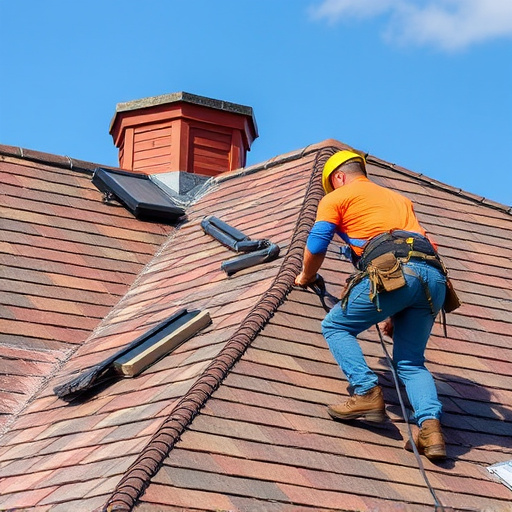
Regular inspections are your first line of defense when it comes to roof maintenance for multi-level and sloped roofs. By scheduling routine checks, you can catch potential issues early on, preventing small problems from escalating into costly repairs. Professional inspectors will assess the overall health of your roofing system, looking for signs of damage, leaks, or structural weaknesses unique to these complex designs.
These thorough evaluations allow for proactive roofing solutions, ensuring your multi-level or sloped roof remains in optimal condition. Addressing problems promptly through siding services or siding repairs can save you from extensive damage and costly replacements down the line. Remember, regular inspections are a crucial component of any comprehensive roof maintenance plan.
Common Maintenance Tasks for Optimal Protection
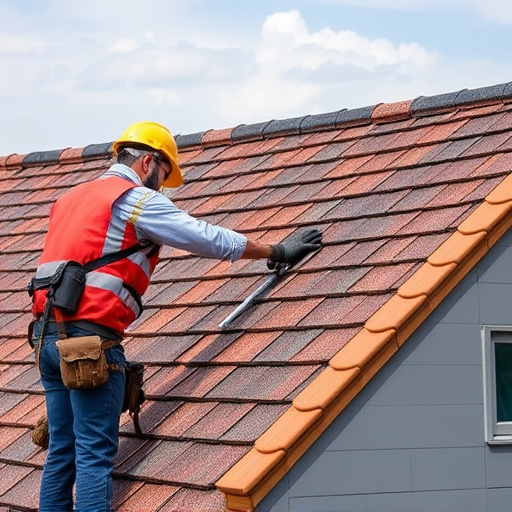
Regular roof maintenance is vital for multi-level and sloped roofs to ensure optimal protection against the elements. Some common tasks include inspecting for loose or damaged shingles, especially after severe weather events, as well as cleaning gutters and downspouts to prevent water damage from blocked drainage. Additionally, checking the state of roofing and siding materials is crucial; looking out for cracks, rot, or signs of deterioration in both the roof decking and siding services, which may require repairs or even a roof replacement over time.
Beyond these routine checks, sealing gaps around chimneys and vents to keep out moisture and vermin, as well as applying new coatings to protect metal roofing from corrosion, are essential. Regular maintenance not only extends the lifespan of these structures but also provides peace of mind, knowing your home is shielded from potential water infiltration and other structural damages caused by neglect.
Multi-level and sloped roofs require diligent roof maintenance to ensure longevity and protect your investment. By understanding these unique architectural elements, implementing regular inspections, and tackling common maintenance tasks, you can navigate the challenges of these designs. Embrace proactive measures to safeguard against costly repairs down the line, ensuring a robust and secure rooftop for years to come. Remember, regular care is key when it comes to roof maintenance for optimal performance.


